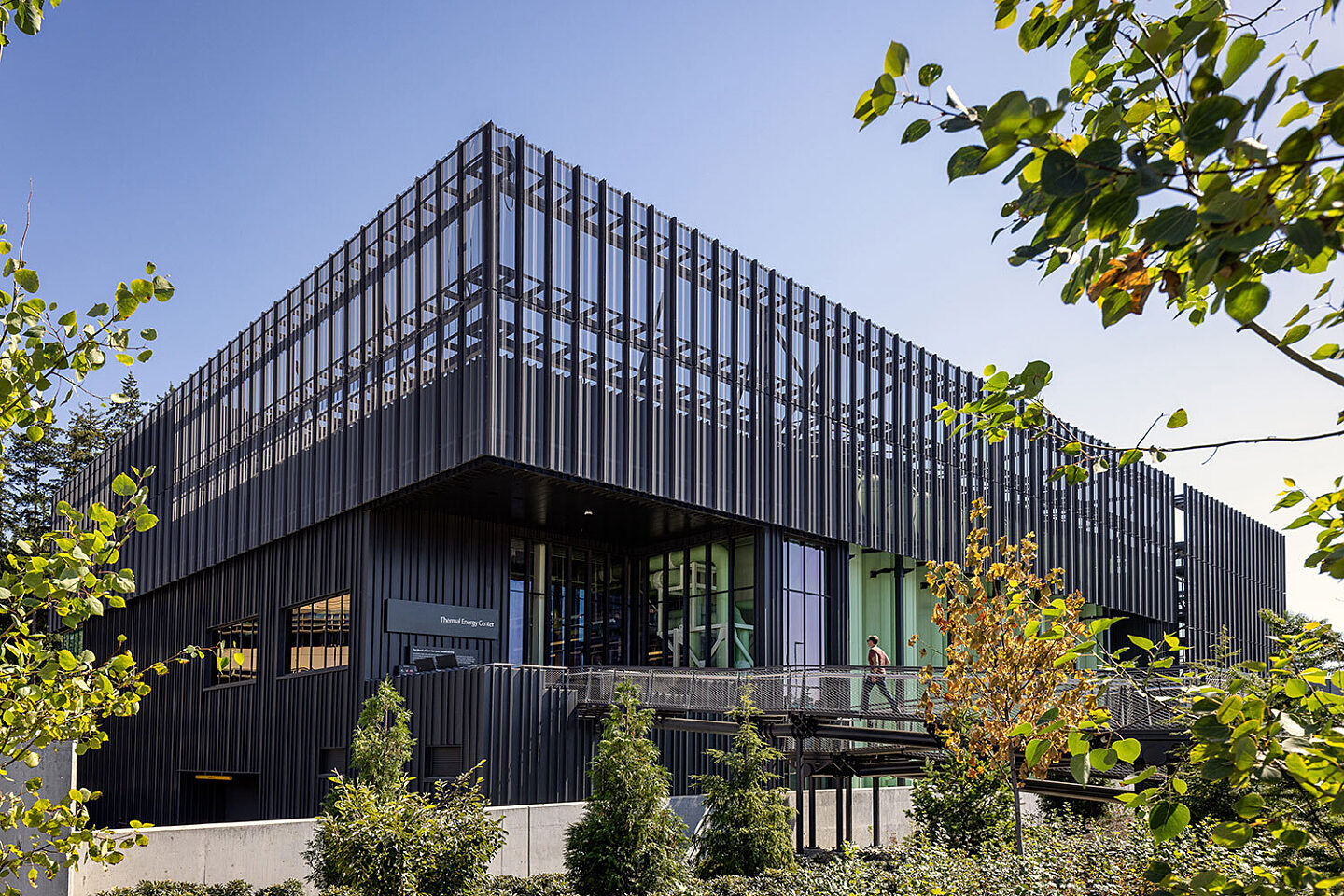Projects

News 12.11.2023
Northwest Project of the Year 2023: Microsoft Thermal Energy Center
The Microsoft Thermal Energy Center is ENR NW's Project of the Year.
ENR NW
External Source


The Pacific Northwest is a region of discovery. People come here to invent new technology, discover cures to diseases, and receive world-class medical care. The built environment needs to support these efforts in the most efficient and sustainable way. This usually means focusing on mechanical, electrical, plumbing, and fire protection systems.
MEPF systems present high risk and huge opportunity. They typically make up 30-50% of the subcontracted work on a complex project. One of a General Contractor’s primary responsibilities is reducing such risk, by providing a reliable and stable cost estimate that holds throughout the project. This often starts by working with the Owner and design team to select the best MEPF delivery approach. In this post, we’ll take a look at three common approaches and which approach GLY most often recommends.
Design-Bid-Build. The Owner or Architect bears the majority of the risk because they hire the MEPF Engineers directly. The MEPF Engineers design the building systems and issue the construction drawings. Next, the General Contractor and MEPF Subcontractors use those drawings for assembling their bids. Construction is the third phase.
Design-Assist. This approach is similar to design-bid-build except the MEPF Engineers who design and issue the construction drawings seek input from knowledgeable MEPF subcontractor partners. As a result, the risk to the Owner or Architect is minimized.
Design-Build. The General Contractor hires the collective engineering and construction services team using a design-build MEPF subcontract. As a result, the GC is contractually responsible for MEPF basis of design, system selection, and design drawings. The Owner’s overall project risk is significantly less, but they may still want a peer review.
There are pros and cons to each approach. To select the best MEPF delivery strategy, you must first clearly understand the Owner’s goals. Most often, GLY encourages design-build for fast-paced projects or projects with extensive and complicated MEPF systems, such as a life science, mission critical, or high tech facility. Let’s examine five advantages of the design-build approach below.
Most often, the General Contractor and MEPF construction partners have the best understanding of current market costs. So if they’re involved in the process early, they’re more likely to find the best solution for the Owner’s budget. They can also give valuable input on constructability. Perhaps most importantly, a design-build team provides the Owner with real-time data for making confident decisions.
For projects that feature in-depth MEPF systems, GLY recommends using a decision-making tool called the A3 Lean Six Sigma Process. This tool helps the team develop additional information. For instance, some Owners value Life Cycle Cost Analysis [LCA] and Return on Investment [ROI] metrics.
Increased coordination from the start leads to better cost control throughout the life of the project. The MEPF design-build team provides pricing early in the design phase, when decisions are critical. This stabilizes the cost as the design evolves. It also allows the team to provide immediate value engineering solutions. Cost analysis reduces scope creep and prevents cost increases. Addressing design and cost decisions together up front yields affordable MEPF solutions that meet an Owner’s vision.
Projects with limited delivery windows and expedited schedules benefit from using design-build MEPF. Some schedule-related aspects of construction it supports are:
Timely decision-making. Owners have all the details to make informed decisions on time.
Seamless transition from design to construction. Construction can potentially begin before design is 100% complete, as compared to design-bid-build where MEPF subcontractors don’t join the team until the design is complete. As a result, there are zero delays between phases.
Early procurement. The team orders critical long lead items once the equipment design is finished. Meanwhile, the remainder of the design and permit/construction documents are completed.
An MEPF design-build contract ties the GC and MEPF engineers/construction partners together. The GC takes responsibility for the MEPF subcontractor’s performance, and it’s in their best interest to work together to reduce project risk through enhanced cost control and quality drawings.
Design-build delivery is collaborative and transparent. Every party knows their role, responsibility, and impact on other scopes. All team members work together, and share accountability for the design, budget, and schedule. A unified workflow creates a more enjoyable environment with open and honest communication. That is the key to every successful project.
Do you have additional questions about MEPF design-build delivery? Send me a message through LinkedIn.

Director of MEP Services
P.E.
Erik uses his extensive engineering background to assist with integrating mechanical systems into new and existing buildings. With many years of designing mechanical systems under his belt, he’s proven to be an invaluable asset to our clients—specializing in complex life science, technology, industrial, and healthcare projects. Erik previously lived in Colorado, where he developed an obsession for mountain biking. Now racing competitively, he and his family own 12 bikes, living the principle that the correct amount of bikes to own is n+1, with n being the amount of bikes they currently own.